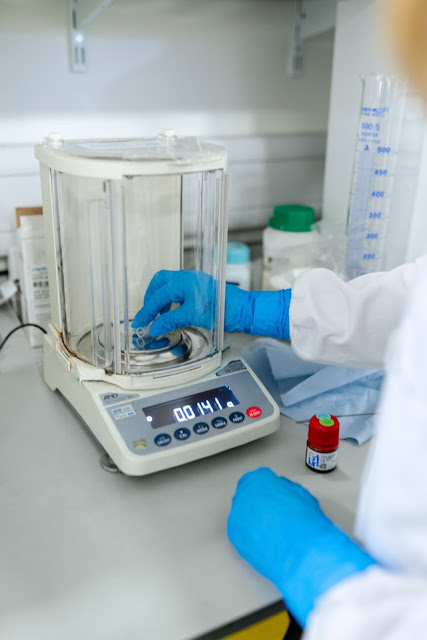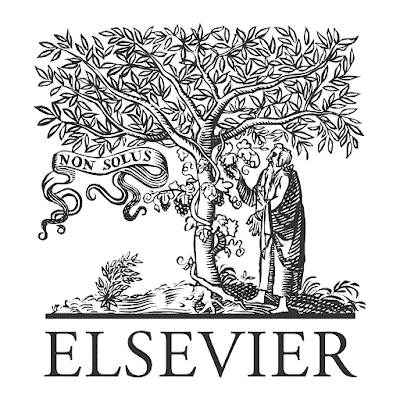Master list of analytical techniques for Analytical, Industrial, Medical, Radiation Applications.
1. Liquid Sample
1.1. Anion Analysis
1.1.1. Spectrophotometry
1.1.2. Ion Chromatography (IC)
1.1.3. Capillary Electrophoresis (CE)
1.2. Cation Analysis
1.2.1. Absorption based
1.2.1.1. Atomic absorption spectroscopy (AAS)
1.2.1.2.Spectrophotometry
1.2.1.3. Spectrofluorimetry
1.2.2.Emission based
1.2.2.1. Inductively coupled plasma - optical emission spectrometry (ICP OES)
1.2.3. Mass Spectrometry based
1.2.3.1.Mass Spectrometry (MS)
1.2.3.1. Inductively coupled plasma mass spectrometry (ICP-MS)
1.2.4. Chromatography based
1.2.4.1.High-performance liquid chromatography (HPLC)
1.2.4.1. IC
1.2.4. Activation Analysis
1.2.4.1. Neutron Activation
1.2.4.2. Charged Particle Activation
1.3. Moisture analysis
1.3.1. Karl Fisher Titration
1.3.2.Radiometry using Tritiated water
1.4. Organic Content
1.4.1. Gas Chromatography- Flame Ionization Detector (GC-FID)
1.5. Structure of organic molecule
1.5.1. Nuclear magnetic resonance (NMR)
1.5.2. GC-MS (Chemical Ionization/ Negative chemical ionization/ Electron Ionization) (CI/ NCI/ EI)
1.5.3. Matrix Assisted Laser Desorption/Ionization (MALDI)
1.5.4. Small-angle neutron scattering (SANS)
1.5.5. Small-angle gamma scattering (SAXS)
1.5.6. Extended X-ray Absorption Fine Structure (EXAFS)
1.5.7. RAMAN Spectroscopy
2. Solid Sample
2.1. Surface Analysis
2.1.1. Scanning Electron Microscope (SEM)
2.1.2. Transmission Electron Microscopes (TEM)
2.2. Glow-discharge optical emission spectroscopy (GD OES)
2.3. Spark plasma OES
2.4. Laser Induced Breakdown Spectroscopy (LIBS)
2.5. X-ray fluorescence (XRF)
2.5.1. Energy Dispersive XRF (ED XRF)
2.5.2. Wave Length Dispersive XRF (WDXRF)
2.6. X-ray diffraction (XRD)
2.7. Particle-induced X-ray emission or proton-induced X-ray emission (PIXE)
2.8. Particle-induced gamma emission (PIGE)
2.9. Differential Scanning Calorimeter (DSC)
2.10. Thermogravimetry/Differential Thermal Analysis (TGDTA)
3. Gas Sample
GC- Thermal conductivity Detector (GC-TCD)
4. Medical
4.1. Diagnostic
4.1.1. X Ray Radiology
4.1.2. Mamography
4.1.3. Computed Tomography (CT) Scan
4.1.4. Fluroscopy
4.1.5. Magnetic resonance imaging (MRI)
4.1.6. Ultra Sonography
4.1.7. Positron emission tomography (PET)
4.1.8. Single-photon emission computed tomography (SPECT)
4.2. Therapeutic
4.2.1. Nuclear Medicine
4.2.2. Brachytherapy
4.2.3. Teletherapy
4.2.4. Gamma Knief
4.2.5. Cyber Knief
4.2.6. Proton Therapy
5. Radioactive Solid/ Liquid/ Gas Sample analysis
Qualitative and Quantitative estimation of Alpha, Beta, Gamma, Positron, Neutron, Neutrino, Muon, Meson etc and its emitters
5.1. Gold leaf electroscope
5.2. Semiconductor
5.3. Scintillation (Solid/ Liquid)
5.4. Cerenkov Counting
5.5. Magnetic beta spectrometer
5.6. Gas field detectors (Ionization, Proportional, Geiger Muller Counter)
5.7. Track detector
5.8. Radiation dosimeter












This article provided me with a wealth of information about3D imaging services. The article is both educational and helpful. Thank you for providing this information. Keep up the good work.
ReplyDeleteYou've composed an exceptionally valuable article. This article furnished me with some valuable information. Much thanks to you for giving this data . Keep up the great work.Ultrasound and Sonography Service Guayaquil
ReplyDelete